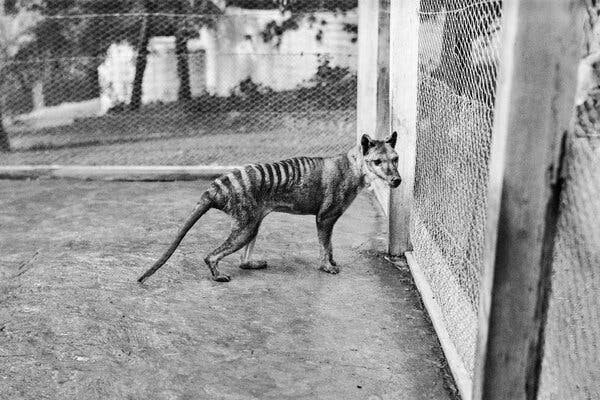Free Courses Sale ends Soon, Get It Now


Free Courses Sale ends Soon, Get It Now



Disclaimer: Copyright infringement not intended.
Context
Details
About Tasmanian Tiger
Causes for extinction
Cultural significance
|
PRACTICE QUESTION Q) Which of the following statements with reference to Tasmanian Tiger is/are incorrect? a. It was native to the Australian mainland and the islands of Tasmania and New Guinea. b. Both genders had a pouch.
Correct Answer: IV |
https://www.nytimes.com/2023/04/07/science/tasmanian-tiger-sightings.html
© 2024 iasgyan. All right reserved